What is the power loss caused by dust occlusion? Many people have done professional research on this issue. Before, I also discussed this issue with many owners. I had a very good general manager of the power station and did a comparative experiment. I am fortunate to have their comparative experimental data, I hope to give you some help.
Note: This result is only for one experiment of the sample power station. Different power plants have different conditions and the results will be different. This result is not widely representative!
1. Basic situation of the sample power station
Located in a large ground power station near Hohhot, Inner Mongolia, the local air quality is good, there is no smog effect, and there is less dust and sand.
2, cleaning instructions
This cleaning is a daily cleaning, cleaning after non-dust storms, and there is no thick dust on the PV modules.
3, experimental design
In order to eliminate other interference factors and fully verify the impact of dust occlusion on the sample PV power plant, several sets of comparative tests were designed. The comparison will be affected by the following factors:
1) Impact of solar energy resources
Due to the long time required to clean the sample photovoltaic power plant, the solar energy resources will change before and after cleaning. In order to eliminate the influence of changes in solar energy resources, the cleaning power generation unit and the unwashed power generation unit are used for comparison of the same time period (the same solar energy resources);
2) Influence of power generation unit differences
Due to different power generation units, the PV modules and other equipment and construction quality will be different. Even under the same solar energy resources, the power generation of different power generation units will be different. In order to eliminate the influence of the difference between the power generation units, the difference before cleaning and the difference after cleaning are compared and analyzed.
3) Influence of inverter differences
The sample power plant uses the same type of PV modules, but uses four types of inverters. In order to eliminate the effects of inverter differences, the four types of inverters were compared separately.
The comparison scheme is designed as follows.
Table 1 Sample PV dust shielding test design

4. Experimental results
The comparison results of the four inverters are as follows.
Table 2 Experimental results of inverter 1 (unit: kWh/day)

Table 3 Experimental results of inverter 2 (unit: kWh/day)
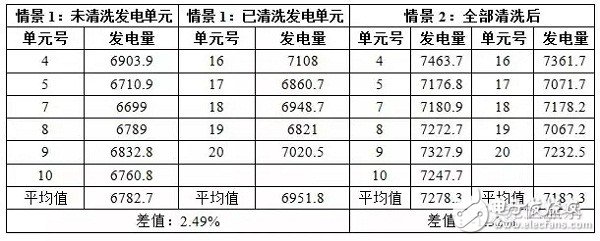
Table 4 Experimental results of inverter 3 (unit: kWh/day)
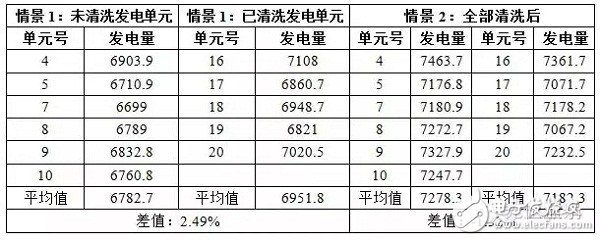
Table 5 Experimental results of inverter 4 (unit: kWh/day)
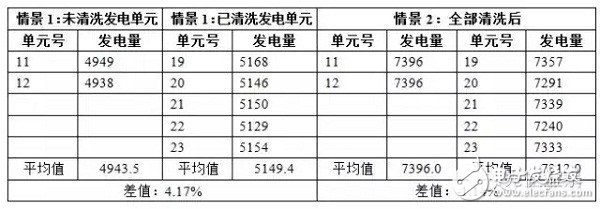
The comparison results of the four inverters are summarized below.
Table 6 Comparison of experimental results of different inverters

The effects of dust are judged by comparing the results of the four inverters. For the sample power station selected in this experiment, the power generation loss was about 3.79% before and after cleaning.
Instruction Manual
1. Features
Clock display, 10 sets of adjustable timed power control, randomized power control, manual switch and optional DST setup.
2. First time charging
This timer contains a rechargeable battery. It is normal that the new/old model runs out of battery if it wasn`t being charged for a long period of time. In this case, the screen will not turn on.
To charge : simply plug the timer to a power outlet. The charging time should take at least 15 minutes.
If the screen doesn`t light up or displays garbled characters, simply reboot the system by pressing the [RESET" button.
3. Set clock
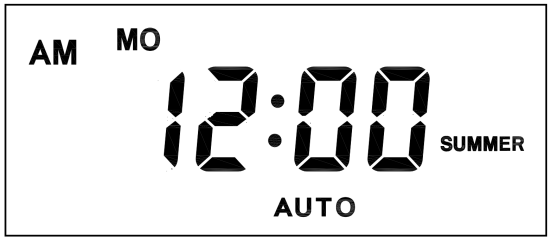
Hold [CLOCK" button and [WEEK" button to adjust week.
Hold [CLOCK" button and [HOUR" button to adjust hour.
Hold [CLOCK" button and [MINUTE" button to adjust minute.
Hold [CLOCK" button and [TIMER" button to select 12 hour/24 hour display.
Hold [CLOCK" button and [ON/AUTO/OFF" button to enable/disable DST (daylight-saving-time).
4. Set timer
Press [TIMER" button, select and set timer. Setting rotation : 1on, 1off, 2on, 2off, ...... , 10on, 10off.
Press [HOUR" button to set hour for timer.
Press [MIN" button to set minute for timer.
Press [WEEK" button to set weekday for timer. Multiple weekdays can be selected. ex: if selected [MO", the timer will only apply on every Monday; if selected [ MO, WE, FR", the timer will apply on every Monday, Wednesday and Friday.
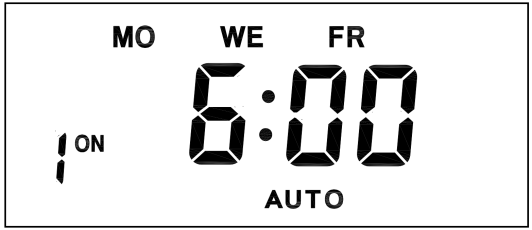
Press [RES/RCL" button to cancel the selected on or off timer. The screen will show "-- -- : -- --" , the timer is canceled.
Press [RES/RCL" button again to reactivate the timer.

When timers are set, press [CLOCK" to quit timer setting and return to clock.
5. Random function

Press [RANDOM" button to activate random function, press again to cancel function.
System only runs random function when [AUTO" is on.
Random function will automatically start the timer from 2 to 32 minutes after the setting.
ex : if timer 1on was set to 19:30 with the random function on, the timer will activate randomly between 19:33 to 20:03.
if timer 1off was set to 23:00 with the random function on, the timer will activate randomly between 23:02 to 23:32.
To avoid overlapping, make sure to leave a minimum of 31 minutes gap between different sets of timer.
6. Manual control
Displayed features:
ON : socket turns on.
OFF : socket turns off.
AUTO : socket turns on/off automatically via timer.
Manual ON setting
Press [ON/AUTO/OFF" button to switch from [AUTO" to [ON".
This mode allows socket of the device to power up. Power indicator will light up.
Manual OFF setting
Press [ON/AUTO/OFF" button to switch from [AUTO" to [OFF".
This mode turns socket of the device off. Power indicators will turn off.
7. Electrical parameters
Operating voltage : 230VAC
Battery : NiMh 1.2V
Power consumption : < 0.9W
Response time : 1 minute
Power output : 230VAC/16A/3680W
Q&A
Q: Why won`t my timer turn on?
A: It`s out of battery, you can charge the timer by plugging onto any power outlet. Charge the device for at least 15 minutes. Then press [RESET " button to reset the device.
Q: Can I set seconds of the timer?
A: No, the smallest time unit is minute.
Q: Does my timer keeps old settings without being plugged onto a power outlet?
A: Yes, the timer has an internal battery, it allows the timer to save settings without a power outlet.
Q: Is the battery rechargeable?
A: Yes, the battery is rechargeable. We recommend to charge it for 4 hours so the battery is fully charged.
Q: Does the timer needs internet connection?
A: The timer does not need internet.
Q: Does the screen have back light function?
A: It doesn`t support back light.
Digital Timer Socket, Timing Switch Socket, Electronic Timer Socket, Timer Socket
NINGBO COWELL ELECTRONICS & TECHNOLOGY CO., LTD , https://www.cowellsockets.com
